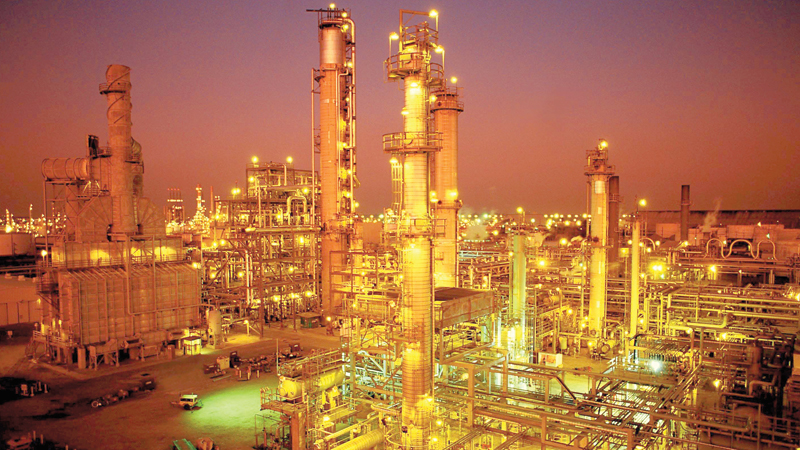

Oman’s authorities have pledged to increase the allocation of natural gas — as feedstock and fuel resource — for industrial and economic investments in line with the government’s vision to enhance non-oil activities in the Sultanate.
A commitment to this effect was made at the ‘Energy Lab’ — a week-long forum hosted by the Ministry of Oil and Gas with the support of the Implementation & Follow-Up Unit (ISFU) to brainstorm initiatives to accelerate Oman’s economic diversification away from hydrocarbons. Participating in the Energy Lab, which ran for about three weeks from March 18 to April 26, 2018, were decision-makers and high level executives representing a number of electricity and energy related government agencies and stakeholder institutions, Oil & Gas producers, private oilfield businesses, and academic and research bodies.
“The Sultanate aims to enhance the manufacturing sector by allocating a higher percentage of gas to meet the ever increasing demand for gas in the sector,” said a handbook issued recently by ISFU.
Affirming this commitment in a foreword featured in the handbook, Dr Mohammed bin Hamad al Rumhy, Minister of Oil and Gas, said: “Such a goal will be met through diversifying resources available to generate electricity to reach 11 per cent of renewable energy resources by the year 2023; expanding economic and industrial projects by increasing the percentage of gas shares allocated to industrial sector, and ensuring electricity supply meets demand of industrial projects by the year 2023.”
According to details made available by ISFU, a task force supervised by the Diwan of Royal Court, the compound annual growth rate of gas demand in the industrial and manufacturing sector is expected to spike to about 10.2 per cent over the 2018-2023 timeframe, which is twice the rate recorded during the 2010–2017 period,
To cater to this robust demand, the Energy Lab chalked out an ambitious Natural Gas Management blueprint centring on three key pillars. Most notable is a commitment to securing long-term gas supplies for the industrial sector, through the implementation of the following initiatives: (i) reducing gas flaring (ii) replacing gas as fuel resource for electricity generation with renewables like solar and waste-to-energy, (iii) increasing current asset productivity, (iv) boosting gas production, and (v) increasing gas supply through investments in new gas exploration projects.
Furthermore, the Energy Lab pledged measures to improve the mechanism for submission of gas applications, notably through the adoption of more accurate methods for assessing gas demand across all consumer segments — power generation, industry, free zones, and so on. It also reviewed potential demand from new projects envisioned for implementation across Special Economic Zones and industrial parks located around the Sultanate.
The Lab also agreed to incorporate more precise factors in the gas allocation criteria. The move is designed give greater weightage to applicants whose projects contribute to, among other things, job creation, achievement of Omanisation targets, utilization of indigenous raw materials, enhancing upstream and downstream opportunities, supporting In-Country Value (ICV) development, enhancing Oman’s appeal to local and foreign investments, and driving GDP growth. In essence, projects that align with Oman’s strategic vision for the industrial and manufacturing sector will enjoy preferential treatment when gas allocations are considered.
Importantly, a new Gas Allocation Committee was constituted to apply the enhanced methodologies for weighing new applications for natural gas. The panel will include the under-secretaries of the Ministry of Oil and Gas, Ministry of Finance, Supreme Council for Planning, Ministry of Commerce and Industry and Ministry of Manpower. It is tasked with “examining, evaluating and approving gas applications based on the specified gas allocation criteria.”
The Lab also approved a number of new projects and initiatives that are dependent on electricity for their operational viability.
Oman Observer is now on the WhatsApp channel. Click here



